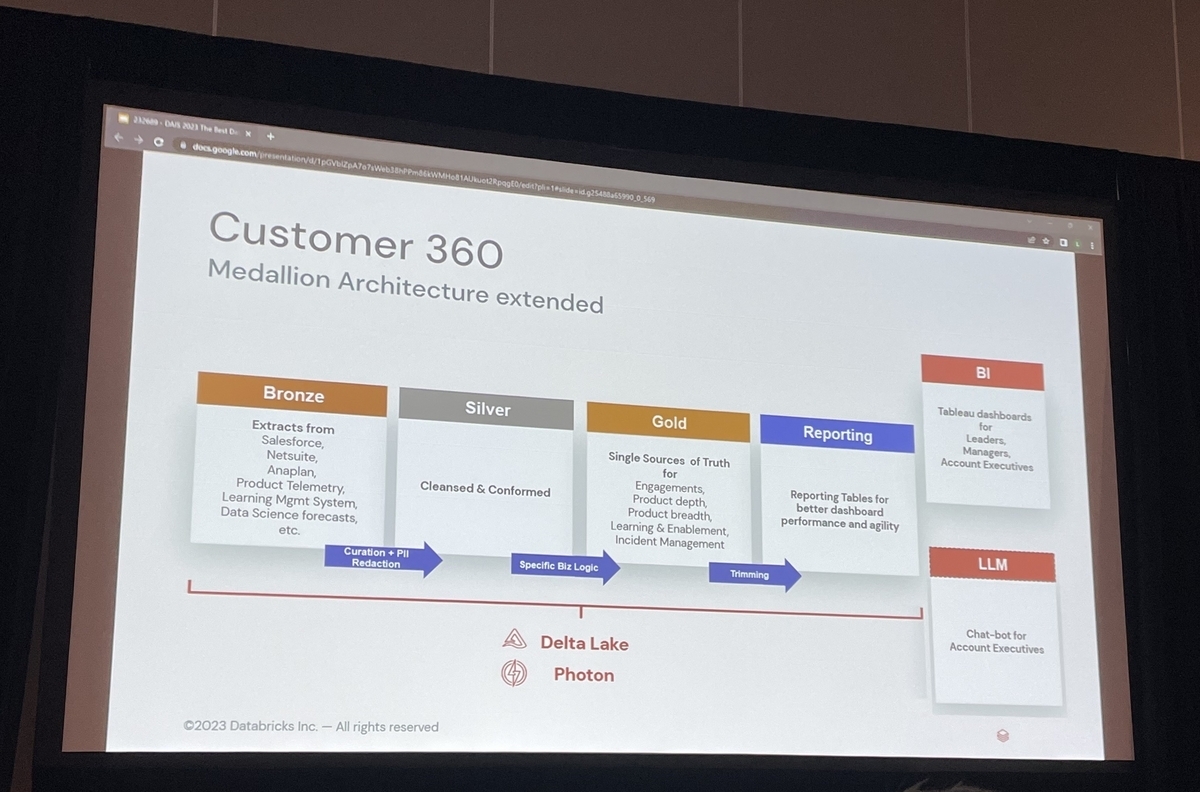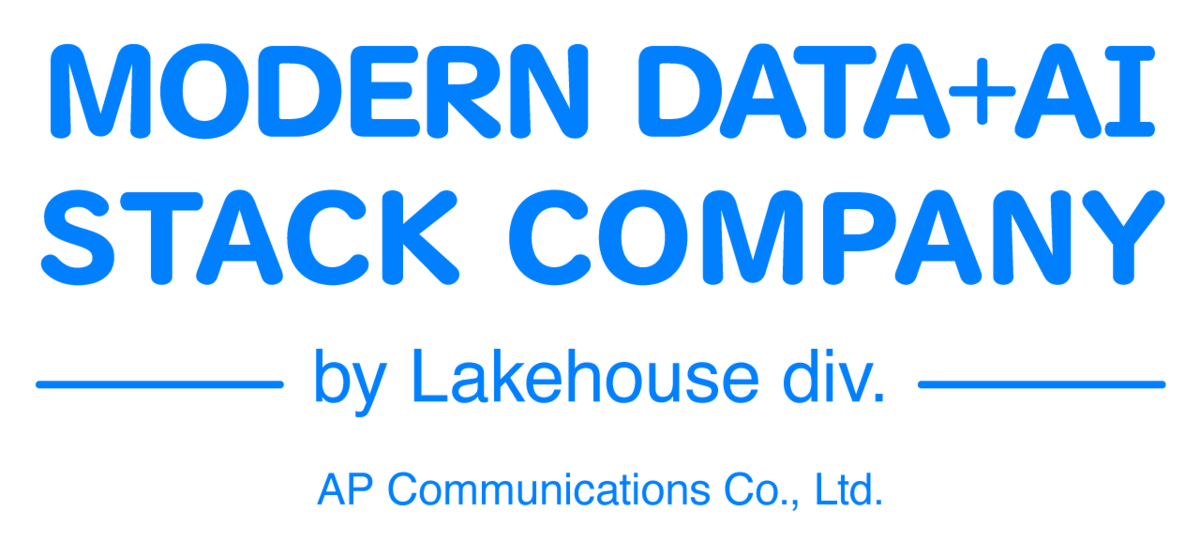Introduction
This is May from the GLB Division Lakehouse Department.
Based on reports from members participating in the local Data + AI SUMMIT 2023 (DAIS), a new architecture that combines a data warehouse and a data lake, "The Best Data Warehouse is a Lakehouse: Share How Databricks Achieves Operational Efficiency With the Lakehouse Architecture. The session was led by Databricks CIO Naveen Zutshi and Senior Director of Data Analytics and Integration Engineering Romit Jadhwani.
The theme of the talk is to propose a "lakehouse" architecture that combines a data lake and a data warehouse, and show how Databricks implements this architecture. The target audience is data engineers and data analysts interested in data warehouses and data lakes, business leaders interested in cloud-native enterprises, and business leaders and data analysts interested in data-driven decision making.
Evolution of Data Warehouse and Proposal of Lake House Architecture
Databricks proposes a "lakehouse" architecture that combines a data lake and a data warehouse as an evolution of the data warehouse. This was due to rapid growth that required a business data lake and a stronger IT organization, making data access and consistent metrics a challenge.

Introduction of lake house architecture
Databricks introduced a lakehouse architecture to solve the challenges of traditional data warehouses and data lakes. This architecture has the following characteristics:
- Combines the performance of a data warehouse with the flexibility of a data lake
- Built-in features to improve data quality and consistency
- It is scalable and can handle large amounts of data efficiently
This allows Databricks to provide access to data and consistent metrics.
Technical Elements of Lake House Architecture
The lakehouse architecture is realized by combining the following technical elements:
- Delta Lake: An open-source storage layer that enables transaction processing over data lakes
- Apache Spark: A distributed data processing engine capable of processing large amounts of data at high speed
- MLflow: an open source platform that helps manage the lifecycle of machine learning models
Combining these technologies, Databricks delivers a lakehouse architecture that combines the performance of a data warehouse with the flexibility of a data lake.
About the latest concepts, features and services
Databricks offers the latest concepts, features and services to further enhance your lakehouse architecture. This includes:
- Auto Loader: A function that enables automatic loading of data, allowing additions and updates of data to be reflected in real time.
- Delta Sharing: An open protocol to easily share data on Delta Lake, facilitating data sharing between different organizations
- SQL Analytics: A service for data analysis using SQL, providing interactive query performance like a data warehouse
Leveraging these latest concepts, features and services, Databricks is able to further enhance the Lakehouse architecture to provide access to data and consistent metrics.


Summary
Databricks proposes a "lakehouse" architecture that combines a data lake and a data warehouse as an evolution of the data warehouse. This allows us to provide access to data and consistent metrics. It also leverages the latest concepts, features and services to further enhance the Lakehouse Architecture. Expectations are high for the evolution of data warehouses in the future.
Conclusion
This content based on reports from members on site participating in DAIS sessions. During the DAIS period, articles related to the sessions will be posted on the special site below, so please take a look.
Translated by Johann
Thank you for your continued support!
